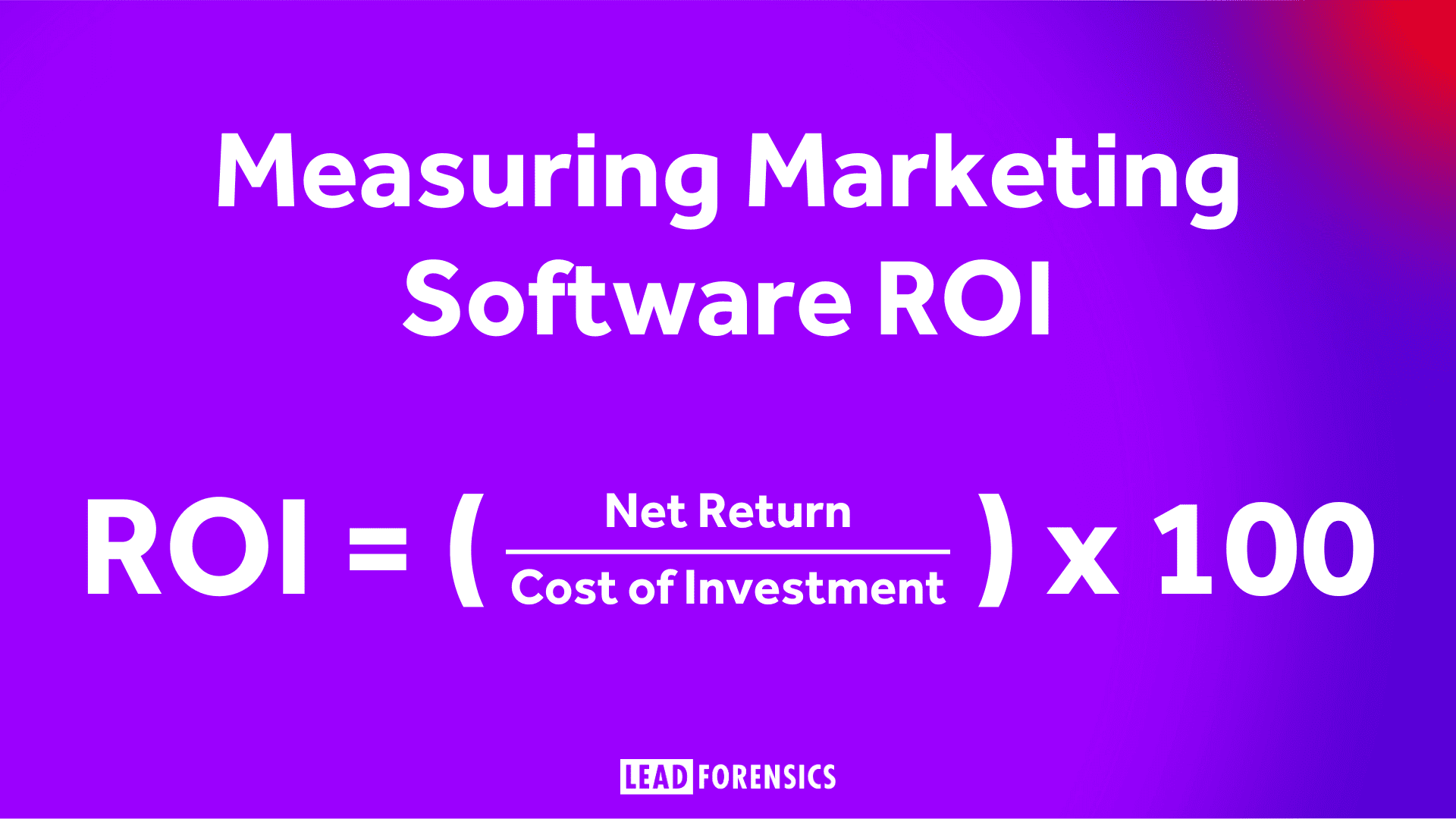Content ROI is crucial for marketers. It shows the value of your efforts.
Understanding how to calculate it can boost your strategy. In today’s digital age, measuring the return on investment (ROI) from content marketing is essential. Knowing the content ROI formula helps you see how your content drives traffic, generates leads, and converts sales.
This understanding empowers you to allocate resources effectively and improve your marketing tactics. By calculating ROI, you can justify your marketing spend and demonstrate its impact. Dive into this guide to learn the steps to calculate content ROI and make informed decisions for your business growth.

Credit: www.taboola.com
Introduction To Content Roi
Understanding Content ROI is crucial for any business. It helps you gauge the effectiveness of your content marketing efforts. Knowing how your content translates into traffic, leads, and sales is key. This insight allows you to make better decisions and optimize your strategy.
Content ROI is not just a buzzword. It represents real value for your business. By calculating ROI, you can see the direct impact of your content. This helps you justify your marketing budget and prove its worth.
Importance Of Content Roi
Content ROI matters because it shows the effectiveness of your content. It helps you understand what works and what doesn’t. This insight allows you to focus on what drives results.
When you measure Content ROI, you can improve your strategy. You can allocate resources to the most effective content. This leads to better results and higher returns.
Challenges In Measuring Roi
Measuring Content ROI is not always easy. One of the main challenges is tracking the right metrics. It can be hard to link content directly to sales and leads.
Another challenge is the time lag. Content efforts may take months to show results. This delay makes it difficult to measure immediate impact.
Despite these challenges, measuring Content ROI is essential. It helps you understand the value of your content. With the right approach, you can overcome these hurdles and gain valuable insights.
Calculating Traffic
Understanding how to calculate traffic is vital for measuring content ROI. Tracking the number of visitors gives insight into the content’s effectiveness. This section will explore how to identify and analyze traffic sources and what to look for in traffic data.
Traffic Sources
Identifying traffic sources is the first step. Sources can include organic search, paid ads, social media, and direct visits. Each source gives clues about how visitors find your content. Knowing these helps you focus on what works.
Analyzing Traffic Data
Once traffic sources are identified, analyzing the data is crucial. Use tools like Google Analytics to break down visitor behavior. Look at metrics such as page views, session duration, and bounce rate. These metrics help understand user engagement and content effectiveness.
Consider which pages get the most visits. Determine if visitors are returning or new. Look for patterns in peak visit times. This data provides a clearer picture of content performance. With these insights, you can adjust your strategy to improve traffic and ROI.
Attributing Leads
Understanding where your leads are coming from is crucial for optimizing your marketing strategy. Attributing leads helps you identify which tactics are working and which need adjustment. With the right approach, you can pinpoint the source of your most valuable leads and focus your efforts on what drives results.
Lead Generation Methods
There are numerous ways to generate leads. Email campaigns, social media marketing, and SEO are common methods. Each has its strengths and weaknesses.
Email campaigns can be highly targeted. They allow you to reach a specific audience with tailored messages. Social media marketing is great for engagement. It helps you connect with potential leads through posts and ads. SEO focuses on organic traffic. It attracts leads who are actively searching for related content.
Using a mix of these methods can diversify your lead generation strategy. It’s important to track the effectiveness of each to see which yields the best results.
Tracking Lead Attribution
Tracking lead attribution requires setting up analytics tools. Google Analytics is a popular choice. It helps you track where your leads are coming from. By using UTM parameters in your URLs, you can identify the source of each lead.
Another useful tool is CRM software. It allows you to track interactions with leads throughout their journey. You can see which content they engaged with and when they converted.
For example, if you notice that leads from social media are converting at a higher rate, you might decide to invest more in those channels. Conversely, if email campaigns are not performing well, you might need to tweak your approach.
Have you ever analyzed the sources of your leads? What surprised you the most?
Effective lead attribution is not just about tracking. It’s about understanding. It helps you make informed decisions and maximize your ROI.

Credit: www.leadforensics.com
Sales Attribution
Understanding how sales are made is crucial. Sales attribution helps track which efforts lead to sales. This knowledge can help optimize marketing strategies. Let’s explore how to connect leads to sales and measure their impact.
Connecting Leads To Sales
First, collect data on customer interactions. Use CRM tools to track these interactions. This data shows which leads turn into sales. Analyze the journey of each lead. Identify common patterns and successful touchpoints. This information helps improve lead generation strategies.
Measuring Sales Impact
Next, measure the impact of sales. Track revenue from each lead. Compare this with the cost of acquiring the lead. Calculate the return on investment (ROI). This shows which efforts are most effective. Focus on strategies with the highest ROI.
Use attribution models to understand sales impact. Linear models give equal credit to each touchpoint. Time-decay models give more credit to recent interactions. Choose the model that best fits your business. This helps allocate resources wisely.

Credit: content-whale.com
Frequently Asked Questions
What Is The Formula For Content Roi?
Content ROI = (Revenue from Content – Cost of Content) / Cost of Content. This formula helps measure the profitability of your content efforts.
How Do You Calculate Roi For Leads?
Calculate ROI for leads by dividing the revenue generated from leads by the cost of acquiring those leads. Multiply the result by 100 to get the ROI percentage.
What Is The Formula For Calculating Roi?
The formula for calculating ROI is: ROI = (Net Profit / Cost of Investment) x 100. This measures the profitability of an investment.
What Is Roi Formula In Seo?
ROI in SEO is calculated using the formula: (Net Profit from SEO – SEO Costs) / SEO Costs x 100%. This measures the return on investment from SEO efforts.
Conclusion
Calculating content ROI is essential for business growth. Understand traffic, leads, and sales. Track these metrics to improve strategies. Use the Content ROI Formula regularly. See what works best for your audience. Adjust your content based on data. Better decisions lead to better results.
Stay consistent and patient. Your efforts will pay off over time.
